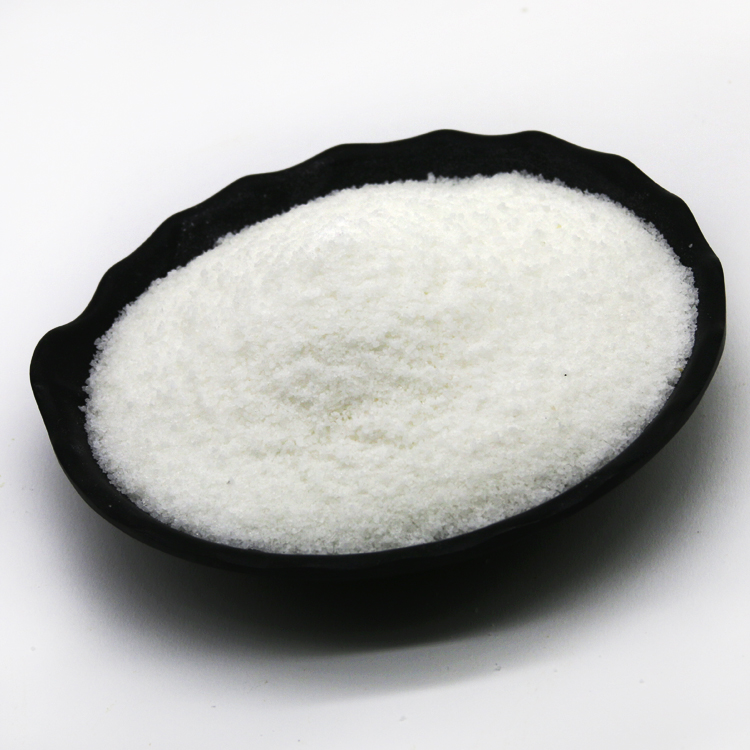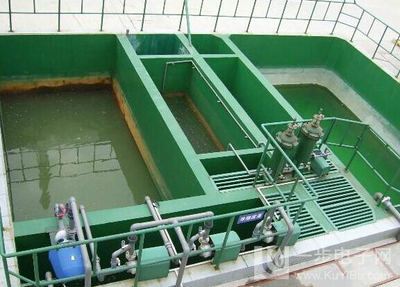Polyacrylamide (PAM) is a linear polymer with the chemical formula (C3H5NO)n. It has good water solubility and is almost insoluble in most organic solvents, such as benzene, ethylbenzene, esters, acetone, etc. The aqueous solution of polyacrylamide is a uniform, transparent, viscous liquid. It is a non-hazardous, non-toxic and non-corrosive substance. Its physical properties include white powder or translucent beads and flakes, a density of 1.302 g/cm³ (23°C), a glass transition temperature of 153°C, and a softening temperature of 210°C. Polyacrylamide has good thermal stability and remains stable when heated to 100°C, but it is easily decomposed to produce nitrogen above 150°C, and imidization occurs between molecules, making it insoluble in water.
Polyacrylamide has a wide range of industrial applications, including but not limited to:
Drilling, acidizing, fracturing, water plugging, cementing, secondary oil recovery, tertiary oil recovery and other oilfield chemicals.
Water treatment, papermaking, petroleum, coal, mining, geology, textile, construction and other industrial sectors.
Enhanced limestone wet FGD desulfurization process as a high-efficiency desulfurization enhancer.
Treatment of domestic sewage, municipal sewage, industrial sewage, petrochemical, textile sewage, papermaking sewage, etc.
Polyacrylamide can be divided into four types according to its ionic properties: non-ionic (NPAM), anionic (HPAM), cationic (CPAM) and amphoteric. Each type has its specific application areas and effects.



